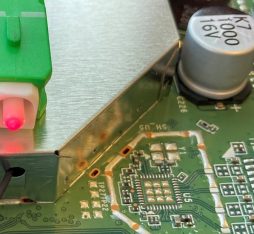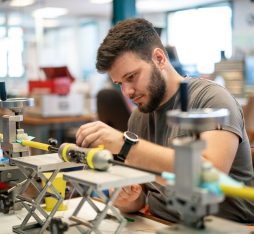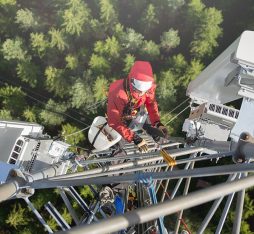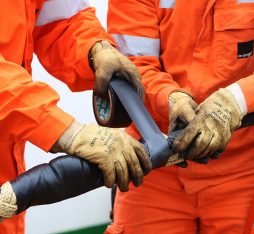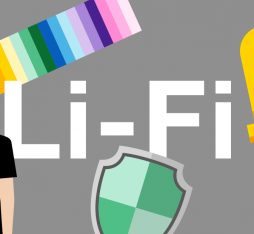While the Energy Information Administration, the US Agency for Energy Information, predicts an increase in global energy consumption by 48% in less than thirty years, imagine what solutions could be used for successful energy transition, limiting the environmental impact of the energy system and thus contributing to a sustainable planet? Bob Metcalfe, the inventor of the Ethernet, is convinced that the enernet, that is to say the combination of energy and the internet, offers a key.
For the founder of 3Com, a US company specialising in network equipment, the feedback on internet deployment helps inspire the construction of an energy system on the same decentralised model as that used for telecommunications.
Clean energy when you need it, where you need it
Today, the enernet could be applied on the same principle as the internet to simplify the architecture of the energy system. With the falling cost of renewable energy, the undermining of centralised models and the digital capacity to provide power through sharing, together, all this gives us the makings of a major breakthrough, in order to tackle the challenges of the energy transition.
Based on this new dynamic and synchronising of resources, the enernet has the ability to reconcile three benefits: the deployment of clean energy, including solar and wind power; eco-efficiency through reduced fuel consumption; and energy safety in the territory, including in areas of production deficit. In other words, the internet of energy enables us to better distribute the energy when needed, where needed, at a lower cost and with fewer emissions of greenhouse gases.
At the heart of the system, the smart grid
With the contribution of the digital world, electrical networks have become intelligent (“smart grids”). The association of electrical and digital technology infrastructures provides the missing technological brick to help control the flows. By collecting data on the state of the electrical network, the network manager adjusts, in real-time, the production, distribution and consumption of energy. It can then encourage companies and individuals to adjust their consumption according to signals relating to price for example.
Another major asset includes when the smart grid anticipates the level of production and consumption, it then promotes the correct integration of renewable energy. Better controlled by digital world, green energy will be used to the maximum and will contribute more massively to decarbonising power generation.
Consum’actor producer and resilient planet
Operation in a smart grid is already the case in some municipalities in the Netherlands and France. Equipped with smart meters linked into the grid, inhabitants self-consume their photovoltaic production with a backup from the national grid only when needed. The counters are thus essential for collecting data, for providing information to consumers in real time and allowing the use by the next generation to better synchronise supply and demand.
For this intermittent renewable energy, however, there remains a question: how do we avoid losing the excess energy produced in the sunlight of the day and benefit from it in the evening?
One solution lies in the storage of energy. New technologies are being developed and solutions are already in an experimental phase throughout neighbourhoods combining multiple storage levels: a first device relieves the upstream network, a second allows for “standalone” operation in the district making a few independent hours, a third store excess PV production on days of strong sunlight directly to consumers.
Many benefits
In all these systems, the internet ensures energy efficient processes by creating a centralised intelligence system for optimisation at all levels of the value chain. From the start, there are numerous benefits: reduced power consumption, better use of solar hours with renewable energy development, consumer involvement in a collective and citizen effort. Question of cost, although the infrastructures require significant investment initially, once in place, the renewable energy operates at a zero marginal cost.
All these reasons show that enernet could change the situation in depth and pave the way for a new eco-sharing, horizontal and collaborative model.




